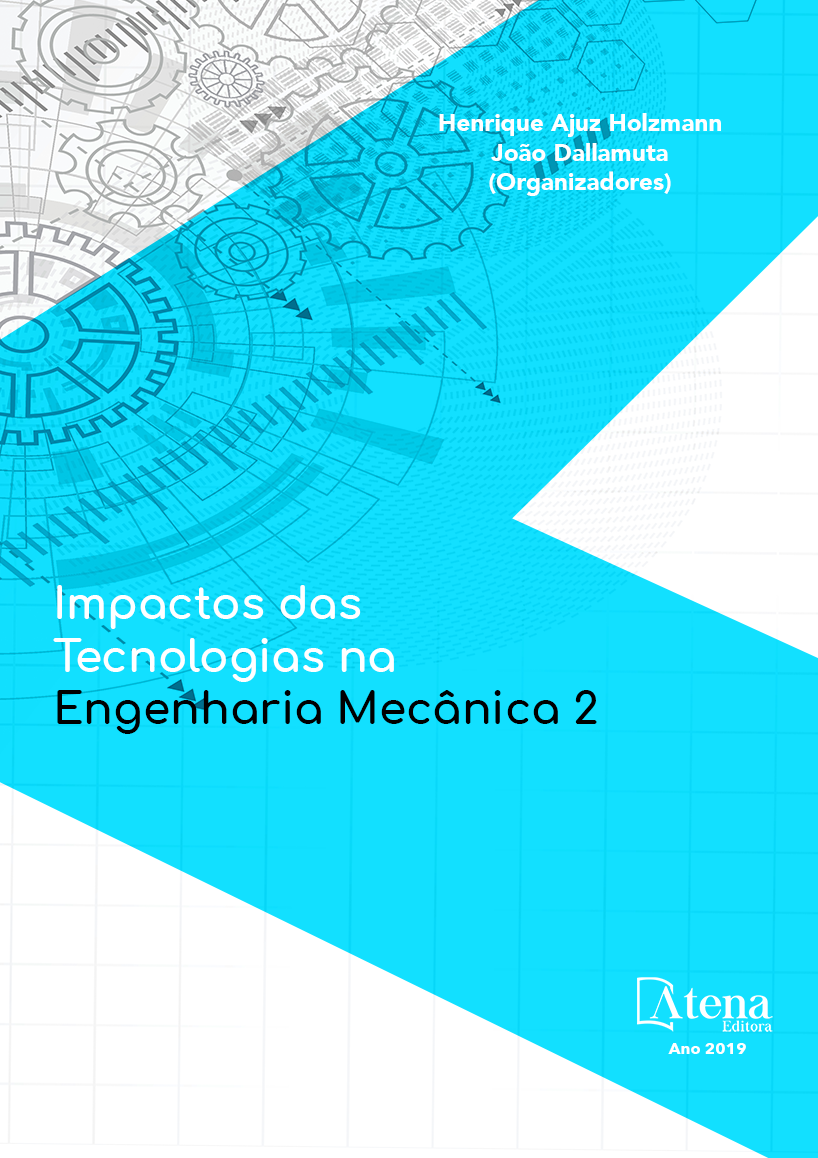
Mathematical and numerical modelling of gas-solid turbulent flows in complex geometries
Atena
Mathematical and numerical modelling of gas-solid turbulent flows in complex geometries
-
DOI: 10.22533/at.ed.4701905046
-
Palavras-chave: Atena
-
Keywords: CFD, Complex geometries, Immersed Boundary Method, solid particles
-
Abstract:
The presence of solid particles in
industrial turbulent flows in complex geometries
is widely evidenced in engineering. However
the correct prediction of flow patterns, particles
trajectories and distributions is a highly complex
task. The analysis of the particle velocity as
well as their trajectories in the gas-solid flow is
of fundamental importance. We used an Euler-
Lagrangean approach where the dispersed
phase is treated in the Lagrangean referential
and the governing equations for the continuous
phase are solved in the Eulerian referential. An
advantage of the application of the Immersed
Boundary Method is that the immersed geometry
is also represented in the Lagrangean referential.
It is worthy to recall that one of the advantages
of the Immersed boundary methodology is the
capability of solving flows in the presence of
complexes geometries in Cartesian grids, which
facilitates the particle tracking of solid particles
in LES. By performing Large Eddy Simulations
we demonstrate, in the present work, that it is
possible to predict complex multiphase flows by
combining promising methodologies like LES
and Immersed Boundary Methodology. The fully
parallel in-house code developed was validated
face to experimental results of Sommerfeld and
S.Lain (2001) with very good accuracy.
-
Número de páginas: 15
- Letícia Raquel de Oliveira
- João Marcelo Vedovoto
- Aristeu da Silveira Neto
- Stella Rodrigues Ferreira Lima Ribeiro


